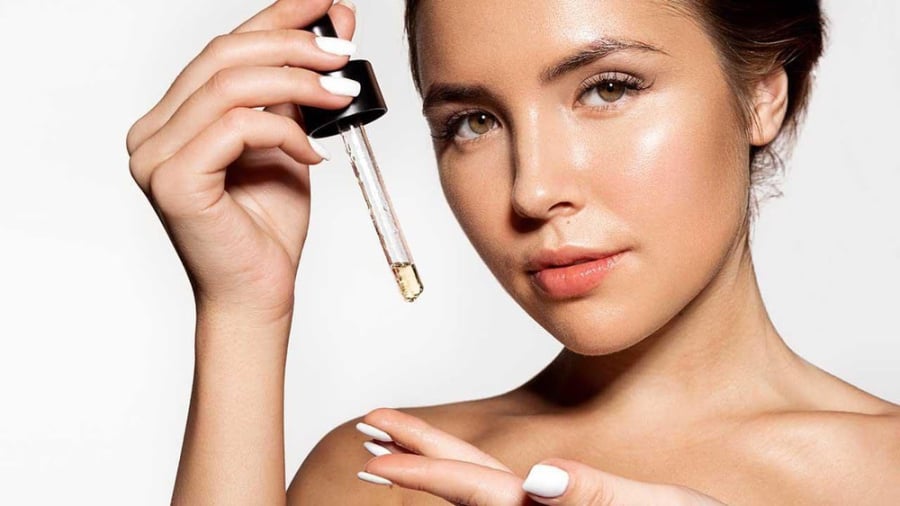Choosing the Right Serum for Your Skin Type
There are various types of serums such as moisturizing, anti-aging, oil-balancing, and acne-treating serums. Identify your skin concerns to select the most suitable serum. If your skin lacks moisture, opt for a hydrating serum containing hyaluronic acid or glycerin. For aging skin, choose a serum with retinol, vitamin C, or peptides. Oily skin often struggles with enlarged pores and acne; a serum with glycolic acid or retinol at a concentration of 0.2%-0.5% can help regulate sebum production and prevent clogged pores.
Choosing the right serum will ensure you achieve optimal results.

Choosing the right serum will optimize your skincare results.
Cleanse Your Skin and Use a Toner Before Applying Serum
Cleansing your skin ensures better serum absorption by removing impurities. After cleansing, use a toner to balance your skin’s pH and prepare it for serum absorption. Toner will deep clean your pores and remove dead skin cells, enhancing the effectiveness of the serum.
Apply Serum to 5 Key Points on Your Face
Gently dot the serum on your forehead, both cheeks, chin, and nose. Then, use your fingers to gently spread the serum evenly across your entire face. You only need a small amount, about 2-3 drops, for your entire face.
Gently Massage Your Face in an Upward and Outward Motion
Massaging your face will enhance serum absorption and stimulate blood circulation, ensuring the nutrients reach all areas of your face. Use your fingertips to gently massage your face in circular motions for 30-60 seconds.

Gently massage your face in circular motions for optimal absorption.
Moisturize Your Skin After Applying Serum
Combining serum with moisturizer will optimize your skincare routine. Moisturizer creates a protective layer, preventing the evaporation of serum’s nutrients while keeping your skin soft and supple. Choose a moisturizer suitable for your skin type to achieve the best results.
By following these steps, you will be able to use serum effectively and maximize its benefits. Consistency is key, so persist with this routine to see visible improvements in your skin.






































